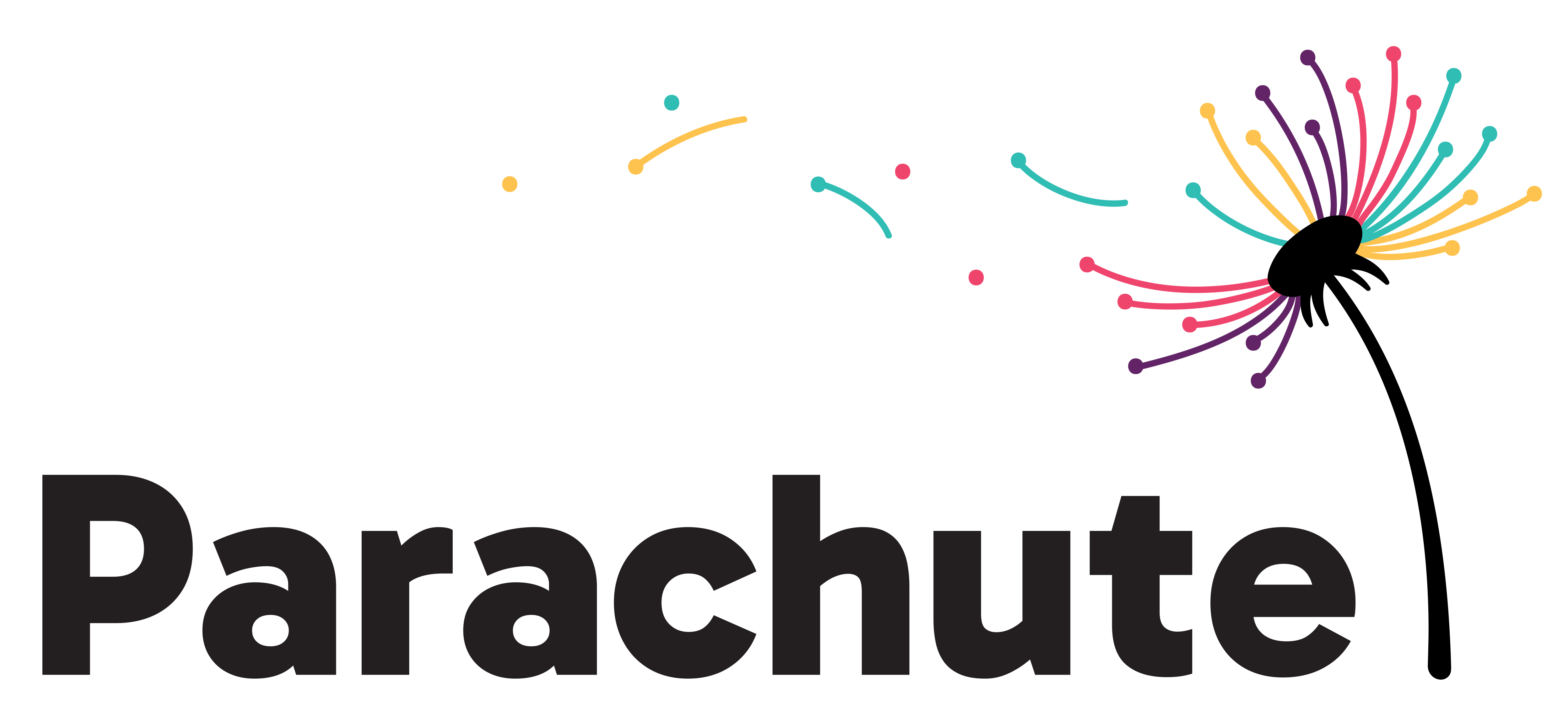…And what we can learn from it
Renowned fundraiser, Ken Burnett, said at a conference in Sydney this year that fundraising is the second oldest profession… I’ll let you remember which is the first.
It was such a poignant comment, given the impact of fundraising on individuals, families, communities, countries and the world – from ancient civilisations to modern digital campaigns. It’s been an essential part of human society for millennia and has continually evolved to reflect societal values and technological advancements.
So, let’s embark on a little adventure through history to explore how fundraising has shaped generosity and strategic giving – and what influence this has had on our world.
The healed femur
Have you ever heard of Margaret Mead? She was a renowned anthropologist who once said that the earliest sign of civilisation wasn’t a tool, a weapon or a clay pot, but a healed femur.
In the wild, a broken femur is a death sentence; survival depends on movement and an injured person would be unable to hunt, gather or escape danger. In a brutal display of modern “ghosting”, the tribe would simply leave, having no choice but to abandon their companion for the sake of their own survival.
But this ancient bone told a different story. It was healed. Margaret suggested someone had cared for the injured person, ensuring they had food, protection and time to heal. She saw this as the first act of philanthropy – proof that humanity is defined not just by competition, but by compassion, reminding us that true progress is measured in how we care for one another.
Biblical fundraising: King David’s grand appeal
One of the earliest recorded fundraising efforts can be found in the Bible. In 1 Chronicles 29, King David organised a fundraising effort to build a temple for his son, Solomon, in Jerusalem, appealing to the Israelites to donate gold, silver and other valuables in a remarkable example of communal giving.
In a crude estimation, King David’s fundraising appeal raised the equivalent of over $6 billion today – with most individuals (reportedly) contributing freely and with enthusiasm.
The takeaway: engaging people in a shared vision and purpose inspires generosity.
Matched giving in Ancient Rome: the influence of Pliny the Younger
The concept of matched giving, a strategy widely used in modern fundraising campaigns, has roots in Ancient Rome. Pliny the Younger, a Roman governor and writer, employed this technique to encourage civic philanthropy.
In letters to wealthy citizens, he pledged to match their contributions to fund public projects, such as libraries and schools. His approach not only maximised donations but motivated individuals to give, knowing their contributions would have an even greater impact.
The takeaway: matching donations can incentivise larger contributions and foster a sense of partnership.
The rise of charitable institutions in the Middle Ages
During the Middle Ages, fundraising efforts became closely associated with religious institutions. Monasteries and churches relied on tithes, donations and bequests to support their work.
Wealthy patrons often funded hospitals, orphanages and universities, leading to the establishment of some of the world’s oldest philanthropic institutions. The concept of endowments also emerged during this period, ensuring long-term financial support for charitable missions. This is still a common practice today, and is similar to leaving a bequest in your Will.
The takeaway: sustainable giving models, such as endowments and bequests, ensure long-term impact.
Dr. Barnardo and the birth of direct mail fundraising
In the 19th century, fundraising saw a major transformation with the introduction of direct mail campaigns. Dr. Thomas Barnardo, a philanthropist dedicated to helping orphaned and homeless children in Victorian England, was among the pioneers of this approach.
He wrote letters to reach potential donors, sharing stories of the children in his care and appealing for financial support. His direct mail campaigns proved highly effective, laying the groundwork for modern donor communications.
The takeaway: storytelling is a powerful tool to engage and inspire donors.
Into the 20th and 21st centuries
The 20th century brought new methods of fundraising, from charity telethons to large-scale corporate sponsorships. The digital age has further revolutionised fundraising, with online crowdfunding, social media campaigns and mobile giving making it easier than ever for people to support your cause.
The takeaway: embracing and adapting to new technologies enhances fundraising success and expands reach.
Back to the future
Great Scott! Fundraising has travelled through time, from King David’s temple drive to Pliny’s matched giving and Dr. Barnardo’s direct mail revolution.
Like a flux capacitor powering philanthropy, history teaches us that while the methods evolve, the mission remains the same: bringing people together to spark change.
So, as always – and regardless of the societal changes or technological advancements we encounter along the way – learning from the past will always better inform our future.
